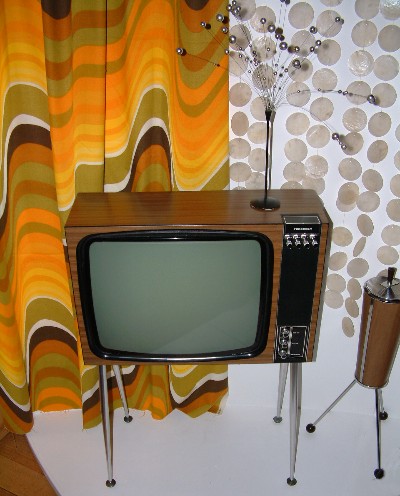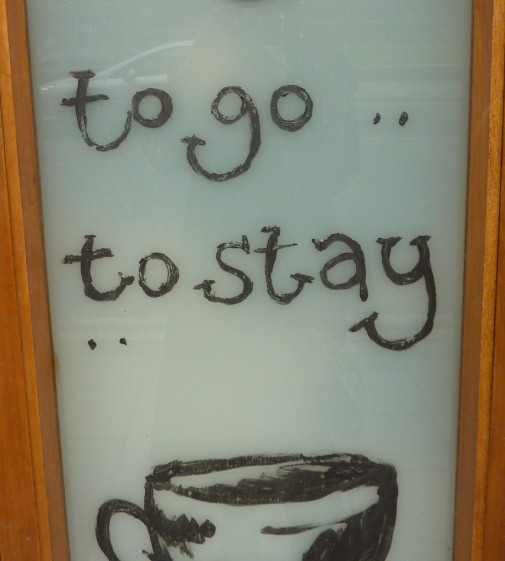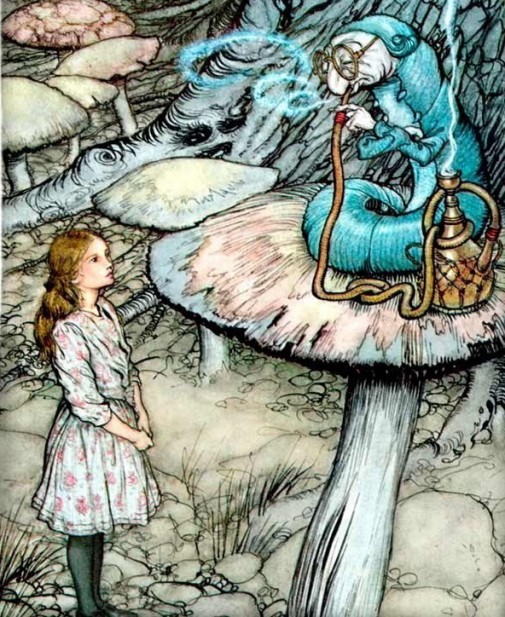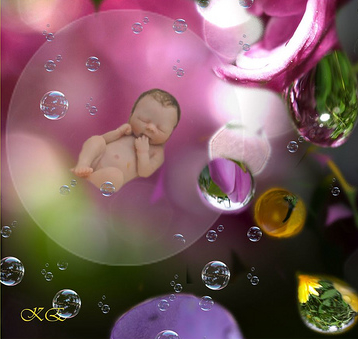Maybe if TVs still looked like they did in the 1960’s I might still have one.
No. Maybe if television still ran the kinds of shows as it did then, and in black and white, I would not have felt an urge to “get rid” of our TV.
Getting rid of your television is a big deal.
Stripping away unnecessary furniture and clutter from your home is all well and good. But television’s phenomenal power over us is so subtle I think most people don’t even think of a television set as a piece of furniture. In fact, even I buy into the idea that those super-slim, wall-hung plasma screens are like art on your wall.
And yet getting rid of my television set has been the absolute, far and away, single most stupendously rewarding aspect of embracing my inner minimalist, my purist spirit, my inner wildness.
Adopting a simplifying attitude to your life, de-cluttering your home and stripping away unnecessary material things in your environment gets talked about a lot, because those things are obvious. But as a personal development attitude the concept of minimalism covers much more, including simplifying what you’re exposing your Self to in the bigger picture. And that includes media.
So I ditched television, I listen to one or two radio stations, read one paper once a week and go where instinct leads me on the world wide web.
I feel I have my life back. After several years of not having a TV I feel I’ve already gained millions of minutes that add up to years that would otherwise have been spent watching other people doing stuff. Now I wonder how I managed to do anything at all when I had a TV.
I first thought of becoming TV-free about 8 years ago. This was when I lived in New Zealand where the quality of TV shows is excellent. You get the best American, Australian and British shows plus great local content.
What I didn’t like was my slavish addiction to it. I found it difficult to turn the damn thing off. It was nice escapism. It was company. It kept me constantly ‘entertained’. I felt ‘connected’ to characters in sitcoms and series.
I stopped watching the news – I had read something about detaching from a desire to keep track of the international news media’s negative take on everything. Then I read an article about how TV is like having a stranger in the room who can pretty much say whatever they like. I muted the volume on every ad break – I couldn’t stand the intrusion of commercial hype. (And I was an advertising creative at the time!)
The whole TV abcess burst for me when I became a parent. I didn’t want my child to be a TV zombie. I wanted her to be a child. I wanted her to live life, not watch it. Simple.
So I only switched the TV on while she was sleeping. And then I kept forgetting to switch it on, not least because I became more appreciative of quiet. I can see now that this was a weaning period.
But actually picking up the TV and giving it to charity was an ambition beyond me until we moved countries. I was very attached to my television set. I had had it for years. Buying it was somehow a modern adult rite of passage. But we moved. It stayed, at the local charity shop – and I was so relieved.
I decided not to buy another TV in our new home and see how that went. That was about 3 years ago.
By now I’m used to the horrified expressions on people’s faces when they ask me if I saw the news last night or some other thing on the TV and I say ‘no, I don’t have a TV’. (People talk a lot about what they’ve seen other people do or say on TV!)
I really wish there were more people who didn’t have a TV. I would feel a lot less weird. People are kinda threatened by the idea of someone not having a TV. Yeah, I am dangerous – I have no telly, so there!
Now, please don’t think I’m some kind of guru because I managed to pull out the mass media IV cord and give up TV. I do still occasionally watch TV shows on BBC iPlayer. But since 6 weeks can go by without my having watched any moving picture I have to be prepared for things like sobbing over a scene with Kenneth Branagh in Wallander (which previously wouldn’t have affected me so dramatically) and being scared rigid by Damages because the effect of these dramas is magnified for me.
If you’re beginning to question having a TV, hold my hand and just get rid of it. You will not regret it for a moment. You will feel free. You may have to ride out some withdrawal symptoms, but it’s worth it. And you don’t have to go cold turkey on it. You will revel in your new active, selective viewing. And not accidentally scheduling your life around what time your favorite TV show comes on.
I’m sure there are loads of articles online that outline the benefits of unplugging from broadcast media – you get more stuff done, connect with your family more, talk more, are not mainlined into believing what other people believe, you’re not vulnerable to sophisticated advertising messages, whatever … and the drawbacks do include people thinking you’re a freak, because let’s face it, you are a freak if you don’t have a TV.
Quite apart from all the usual criticisms directed at TV nowadays, desensitizing us to violence and all the rest, as well as being persuaded to buy goods and services we didn’t even realize we wanted so badly before the ad came on, the thing I find poignant about TV is the empty streets and parks of our neighbourhood in the evening, the flickering of TV screens in every living room and people sitting staring.
Not out for an evening constitutional, not meeting each other, not talking to each other No. Sitting in little boxes staring at a piece of furniture in the corner. I find it really sad. But I guess the powers that be are real happy about this state of affairs.





